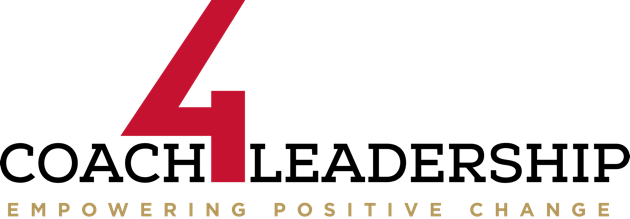
Loose cannon. Ever hear that term used? It typically refers to someone characterized by a lack of control or consideration for others. Those a class above them are described as “touchy”, “fragile”, “on edge” or a host of other adjectives that indicate you have to be careful what you say or how you act around these people. To do otherwise is to risk an emotional explosion. In both cases they produce walking wounded through direct as well as collateral damage. If a physical fitness analogy was used, the former would be a couch potato and the latter an out-of-shape wimp unable to walk a block with out stopping to catch his breath. Any faces coming to mind?
Nearly everything we experience involves an associated emotional component and the brain is hard-wired to give our emotions the upper hand. That’s precisely the reason why emotionally fit people win just about every area of success in both life and business. It’s also why it’s vitally important you know your level of emotional fitness and know how to “keep in shape”.
Here is the issue: Although our emotional and rational centers (i.e. neocortex) are connected, the limbic system is the “gatekeeper” of our initial emotional experience, in particular the amygdala. With routine and low-intensity emotional events, the limbic system and neocortex usually play nice with each other and get along. When things escalate and a medium-to-high intensity emotional jolt reaches our neocortex, the watch out! The amygdala goes primal, hijacks the neocortex, and floods our system with a serious helping of neurochemical soup to ensure we not only survive, but dominate. Established habits and autonomic responses kick-in, especially the really ugly ones, and all the neocortex can do now is react to the chaos vs performing it’s preferred role of decider and initiator.
So how can you gain control over the amygdalic hi-jacker that lives in our head and presides over the gateway to our heart? There are four basic steps:
- Grow your self-awareness
- Learn to put a name on the emotions you feel (there can be over 100 distinct ones)
- Grow your ability to manage and control your thoughts before and after the hi-jacking occurs.
- Grow your ability to control and manage your behaviors once you know what you’re feeling and thinking.
Note that final bullet above. Specifically, it refers to having an S+EI action plan. No need to re-invent the wheel here. In their book EQ 2.0, Bradberry and Greaves give the following 6 step action plan for improving your social and emotional intelligence (S+EI) abilities:
- Assess yourself and know how you are doing in each of the 4 S+EI skill domains (while other instruments are available, I think their’s is one of the best).
- Pick one S+EI skill domain to work on- set your self up for success out of the gate. More than one and usually none will get done.
- Pick three strategies to improve the one skill you chose to work on and implement it immediately.
- Choose an S+EI mentor- it’s best to choose someone who’s an excellent role model in this area. He or she needs to be willing and able to observe you and give you regular feedback.
- Observe the following guidelines throughout the process:
- Expectations- Keep them realistic. it’s progress not perfection you are after; 2 steps forward 1 step back means your probably pushing with the right intensity.
- Practice intentionally and regularly. More IS better here
- Patience- the goal is lasting change, which typically requires 3 – 6 months
- Reassess yourself in the 4 S+EI domains and then rinse, lather and repeat.
The emotional fitness training process is relatively simple, but hard to do. Knowing about it isn’t enough, you actually have to execute and to be successful requires feedback and extended practice. Yes, you will fail repeatedly in the process. Those who are successful view failure as learning, embrace it, and set their expectations accordingly. Viewing failure as an opportunity to learn and grow will fuel your internal motivation to improve.
Where do you want your emotional fitness to be and what do you need to do to get there? Start small and think of your next best step here….and then take it.
Next, a case study and some emotional fitness strategies.
Best,
Rob
